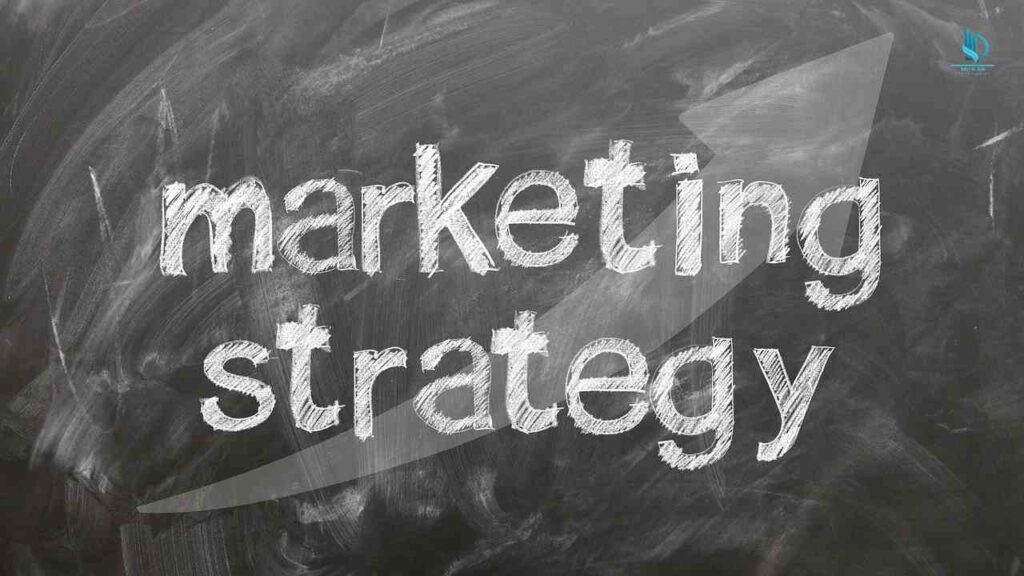In today’s competitive business environment, choosing the right marketing approach can make or break your success. With the rise of digital technologies, the debate of Digital Marketing vs Traditional Marketing has taken center stage. Both methods have their pros and cons, but which one is better suited for your brand?
While traditional marketing methods have been a mainstay for decades, digital marketing has emerged as a powerful force, offering unprecedented reach, targeting capabilities, and measurable results.
In this article, we’ll dive deep into each strategy, compare their effectiveness, and guide you in making an informed decision.
What is Traditional Marketing?
Traditional marketing refers to conventional advertising techniques that have been around for decades. These include print advertisements (magazines, newspapers), billboards, TV and radio commercials, direct mail, and telemarketing. It is an offline form of marketing that aims to reach a broad audience using mass media.
What is Digital Marketing?
On the flip side, digital marketing uses the internet and online platforms to reach potential customers. This includes social media marketing, email marketing, search engine optimization (SEO), content marketing, paid online advertising, and more. Digital marketing is an ever-evolving strategy due to technological advancements and shifting consumer behavior.
Key Differences Between Digital Marketing and Traditional Marketing
The primary difference between these two methods lies in how and where they reach their audience. Traditional marketing is offline, using tangible mediums such as print or broadcasting, while digital marketing happens online through computers, smartphones, and other internet-connected devices.
Traditional Marketing:
- Primarily targets local or regional audiences.
- Involves higher costs due to production, printing, or air-time expenses.
- Difficult to measure the effectiveness or return on investment (ROI).
Digital Marketing:
- Has a global reach due to internet connectivity.
- Low cost compared to traditional channels.
- Highly trackable, with precise analytics to measure performance.
Read Also: – SCO Digital Marketing Strategies
Advantages of Traditional Marketing
1. Tangibility and Trust
One of the strongest advantages of traditional marketing is the tangibility it offers. Consumers often trust physical materials like flyers, brochures, or magazine ads. Holding a product catalog can build trust in a way that digital ads cannot.
2. Wide Reach
With mediums like TV, radio, and billboards, traditional marketing can reach a vast audience. For example, a Super Bowl commercial can be seen by millions of people in a single airing.
3. Longevity
Certain forms of traditional marketing, such as print ads or billboards, have a long-lasting presence. A well-placed magazine ad may stay relevant for months, and billboards can catch repeated attention over time.
Also Check – 7 Cs of Digital Marketing for Success
Drawbacks of Traditional Marketing
Traditional marketing comes with several limitations. First, it is often expensive due to high production and distribution costs. For example, creating a TV commercial requires substantial investment. Additionally, it’s challenging to measure the success of traditional campaigns. Metrics such as reach and engagement are not as accurate compared to digital marketing analytics.
Advantages of Digital Marketing
1. Measurable Results
One of the most significant benefits of digital marketing is the ability to measure results accurately. Tools like Google Analytics allow you to track the performance of your campaigns in real-time, measuring metrics like website traffic, conversions, and user engagement.
2. Cost-Effectiveness
Compared to traditional marketing, digital campaigns are highly cost-effective. Whether it’s launching a Facebook ad or running an email campaign, digital platforms often offer a lower cost-per-impression than traditional methods. Also Check – How to Calculate CPR in Digital Marketing
3. Targeted Audience Reach
Digital marketing allows for precise audience targeting based on demographics, interests, and online behaviors. For instance, you can target people based on their search history, age group, location, or even previous interactions with your website.
4. Real-Time Engagement
Unlike traditional marketing, where there’s a lag in customer feedback, digital marketing allows for immediate interaction. Through social media, customers can like, comment, and share content instantly, providing real-time engagement with the brand.
Drawbacks of Digital Marketing
Despite its advantages, digital marketing does have its drawbacks. The online space is becoming increasingly saturated, making it harder for businesses to stand out. Moreover, digital platforms are vulnerable to ad blockers, which can prevent potential customers from seeing your ads. Additionally, a high level of technical knowledge is required to run successful campaigns, which might necessitate hiring digital marketing specialists.
Also Read: – Digital Marketing Opportunities and Challenges
Cost Comparison: Digital Marketing vs Traditional Marketing
Traditional marketing generally involves higher upfront costs. Producing and airing a TV commercial or running a print campaign is far more expensive than a Google Ads campaign, Facebook Ads campaign, or an email marketing strategy.
However, traditional marketing might offer greater prestige for larger businesses looking to enhance brand recognition. Digital marketing, on the other hand, is cost-efficient and offers a higher ROI for businesses on a budget.
Audience Reach: Digital Marketing vs Traditional Marketing
While traditional marketing can target a wide local audience through TV, radio, and print, digital marketing offers unparalleled reach. With billions of people using the internet daily, brands can connect with a global audience instantly.
Key Digital Marketing Channels:
- Search Engine Optimization (SEO): Optimizing websites to rank higher in search engine results pages (SERPs).
- Pay-Per-Click (PPC) Advertising: Paid ads that appear at the top of search engine results pages or on other websites.
- Social Media Marketing: Promoting brands and products on social media platforms.
- Email Marketing: Sending targeted email campaigns to nurture leads and drive sales.
- Content Marketing: Creating and distributing valuable content to attract and engage audiences.
ROI (Return on Investment) Comparison
Digital marketing usually offers a higher ROI due to its measurable nature and low cost. For instance, email marketing has one of the highest ROIs among digital strategies, with a 36:1 return, meaning for every dollar spent, businesses earn $36 back.
In comparison, traditional marketing’s ROI is harder to calculate, and results often take longer to materialize. Also Know – 5 Principles of Digital Marketing for Business
Which Strategy is Better for Small Businesses?
For small businesses with limited budgets, digital marketing is often the preferred option. It’s affordable, measurable, and can be targeted to reach specific demographics.
Small businesses can grow their online presence through SEO, social media, and content marketing without the need for substantial investments. Also Check – Marketing Goals for Facebook Ads
Which Strategy is Better for Large Enterprises?
For large enterprises, a mix of both digital and traditional marketing might work best. While digital marketing allows for detailed targeting and real-time engagement, traditional methods like TV commercials can enhance brand credibility and visibility on a larger scale.
Integrating Both Approaches: A Hybrid Model
In many cases, the best approach is to integrate both digital and traditional marketing strategies. A hybrid model allows businesses to maximize their reach by combining the wide audience of traditional marketing with the targeting capabilities of digital marketing.
For example, you can run a TV campaign to increase brand awareness and complement it with a social media campaign to drive customer engagement.
Making the Right Choice
Ultimately, the choice between digital marketing vs traditional marketing depends on your business goals, budget, and target audience. While digital marketing offers affordability and precise targeting, traditional marketing builds trust and offers broad visibility. A balanced, hybrid strategy may provide the best of both worlds, helping your business to grow and thrive in today’s competitive market.
Consider the following questions when making your decision: –
- What are your business goals?
- Who is your target audience?
- What is your budget?
- What are your resources and expertise?
- What are the strengths and weaknesses of each approach?
FAQs
What is more cost-effective, digital marketing vs traditional marketing?
Digital marketing is generally more cost-effective because of its lower setup costs and ability to target specific audiences.
Can small businesses benefit from traditional marketing?
While small businesses can benefit from traditional marketing, digital marketing is often more accessible and affordable for startups.
What are the key benefits of traditional marketing?
The key benefits include tangibility, trust, and the potential for broad, regional exposure.
Is it necessary to choose one strategy over the other?
Not necessarily. Many businesses successfully combine both digital marketing, traditional marketing to create a comprehensive strategy.
How can I measure the success of my digital marketing campaigns?
You can measure the success of digital marketing campaigns through analytics tools like Google Analytics, which track traffic, engagement, and conversions in real-time.




